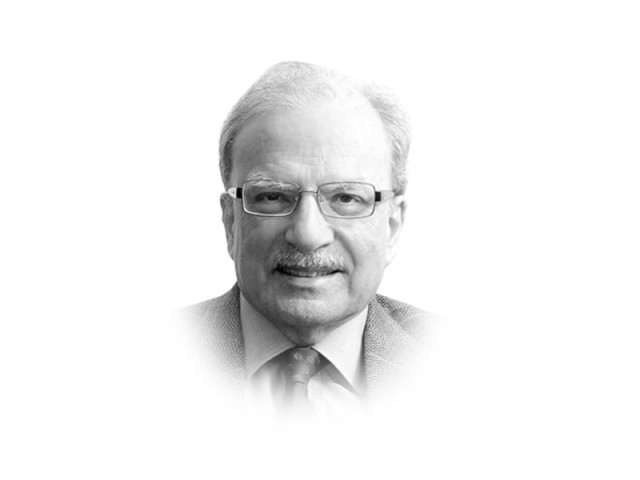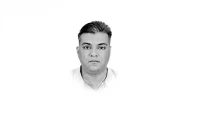Demography and politics
Given possible size of towns, city populations in 2012, urban areas should have much larger representation assemblies.

In describing this change, I have used a number of qualifiers — ‘possibly’, ‘probably’, ‘perhaps’ and ‘likely’. These lend some uncertainty about the numbers mentioned and the extent of change implied. The reason for making these statements in a tentative way is that the country has not carried out a population census for more than 14 years, exceeding the ten-year interval after which most nations count the number of people who are their citizens. The last time a count was made was in 1998 and that was 15 years after the census of 1981. In fact, in the country’s 65-year history, it has conducted only five population censuses — in 1951, 1961, 1972, 1981 and 1998.
Politics was the main reason for this lack of regularity. Rapid population growth brings about equally rapid economic and social change. This is inevitably reflected in politics. But the Pakistani political structure in spite of the roller coaster it has ridden has one abiding element: it has been dominated by the groups that prefer the status quo over change. Holding censuses on a regular basis would mean incorporating the changes that occurred in the inter-censal periods. This would have altered the political structure in a fundamental way.
According to Article 51(5) of the Constitution, “the seats in the National Assembly shall be allocated to each province, the Federally Administered Tribal Area, and the Federal Capital in accordance with the last preceding census officially published”. Given the enormous demographic change that has occurred would mean a significant shift in political power from the rural to the urban areas. Some simple arithmetic would highlight this point. Given the possible size of the population in 2012 and the likely increase of about five per cent a year in the number of people living in towns and cities, urban areas should have a much larger representation in the national and provincial assemblies. There will also be a shift in power among the various regions in the country. This will be the case in particular for the parts of the country that have been losing a significant number of people through migration. Urbanisation, therefore, is one of the more important demographic changes that are taking place in the country. The urban jump over the last 65 years is two and a half times larger than the increase in overall population. The jump in Karachi’s population is three times higher than in the total growth in urban population. The political system, which is still under development, must reflect these demographic changes.
Let me illustrate this point by taking a closer look at Karachi. The enormous increase in the city’s population is the consequence of three waves of migration. The first brought more than half a million refugees from India over a four-year period between 1947 and 1951, doubling the city’s size. The second wave occurred when the city went through a construction boom to accommodate the federal government and to provide space for rapid industrialisation. This wave brought in people from the country’s northern areas — north Punjab and Khyber-Pakhtunkhwa (K-P). It was because of this movement of people that Karachi acquired its Pakhtun colonies. Once these colonies were well established, they attracted new migrants, especially from K-P and the tribal areas — the parts of the country destabilised by the long Afghan wars. This was the third wave of migration. These movements of people brought about one important change: the political mobilisation of the descendants of those involved in the first wave of migration. The Muhajir community has become a potent political force. However, its attempt to carve out political space for itself has resulted in much volatility in the city.
Pakistan will have to find a way of accommodating, within the political structure, the enormously significant demographic changes that have already occurred and those that will occur in the future. The country’s rapid urbanisation and relocation of people through migration are the two most important demographic developments that must be factored into the making of a new political order.
Published in The Express Tribune, October 8th, 2012.















COMMENTS
Comments are moderated and generally will be posted if they are on-topic and not abusive.
For more information, please see our Comments FAQ